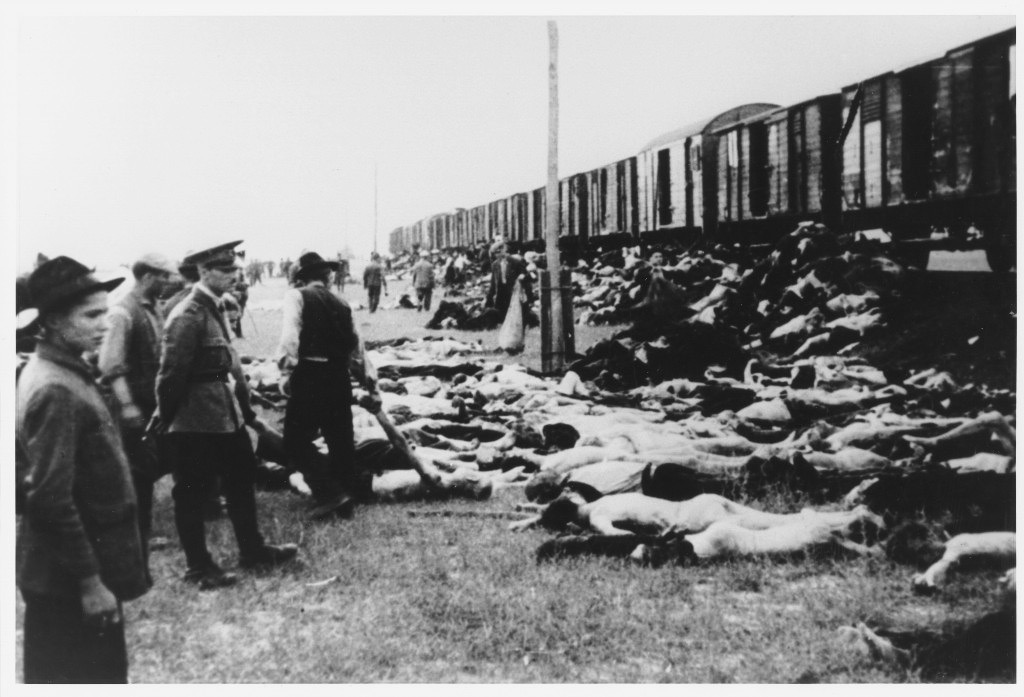The Senate in Romania passed a law recently requiring high schools and vocational schools to teach a course on the Holocaust and the Jewish people. Due to be introduced in 2023, its contents will be fleshed out by the Ministry of Education in consultation with the Elie Wiesel Institute for the Study of the Holocaust in Romania.
Silviu Vexler, a Jewish parliamentarian instrumental in its passage, told the Jewish Telegraphic Agency that it is designed to counter intolerance and extremism among students.

It is unclear why post-communist Romania waited so long to decree Holocaust education as mandatory.
Romania, a member of the pro-German Axis alliance from 1940 to 1944, mistreated, persecuted and murdered tens of thousands of its Jewish citizens during World War II. It was one of several countries aligned with Germany that played a direct role in the mass murder of its Jewish population. The others in that camp were Italy, France, Hungary and Slovakia.
Despite Romania’s complicity in the Holocaust, postwar Romanian governments played down or suppressed this unpleasant facet of its history, treating it as a taboo topic. The Holocaust, a deep stain on Romania, was far too controversial a subject to be taught in schools, much less debated in public forums.
Old attitudes began crumbling when the Romanian Parliament passed bills extending financial support to Holocaust survivors and endorsing the construction of what will be known as the National Museum of Jewish History and the Holocaust.
These are important landmarks in Romania’s belated acknowledgement of its participation in the Holocaust.
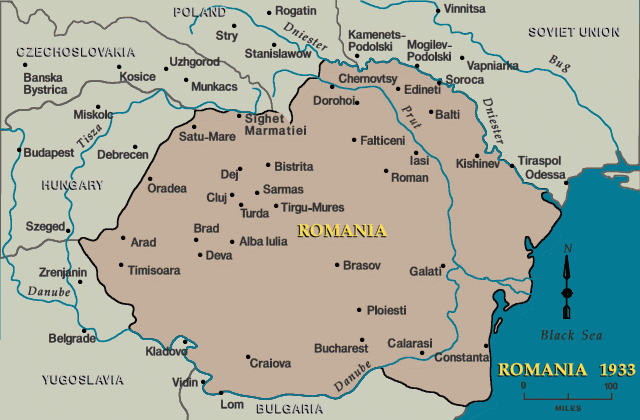
By the late 1930, Romania was home to more than 700,000 Jews, its Jewish community being the third largest in Europe. Only the Soviet Union and Poland were populated by a greater number of Jews. Yet with very few exceptions, Romanian Jews, comprising four percent of Romania’s population, were regarded as foreigners. It was not until after World War I that they were granted citizenship.
During the first phase of World War II, Romania lost about one-third of its territory, with Germany supporting the irredentist claims of the Soviet Union, Hungary and Bulgaria. In 1940, Bessarabia and northern Bukovina were seized by Moscow. Romania was then compelled to cede northern Transylvania and Dobruja to two German allies, Hungary and Bulgaria.
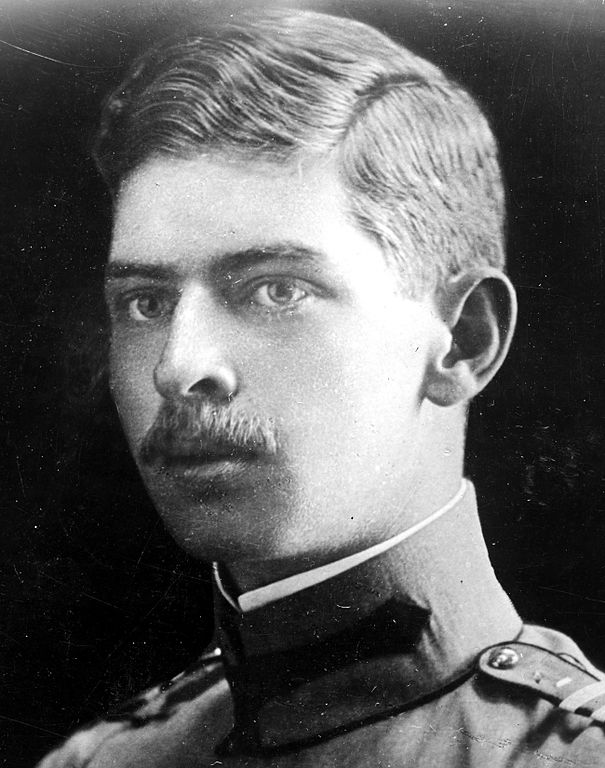
With the loss of northern Transylvania, King Carol II was forced to abdicate. A coalition government, the National Legionary State, seized power in September 1940. Its principals were Ion Antonescu, an army general, and Horia Sima, the leader of the fascist Iron Guard militia.

Being ardent anti-Bolsheviks, they invited a German military mission to Romania. In November 1940, Romania formally joined the Axis alliance of Germany, Italy and Japan.
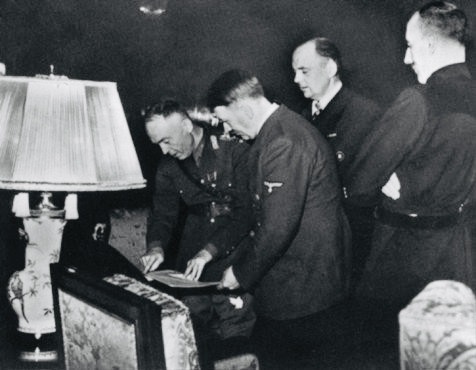
Antonescu, an antisemite, imposed restrictive measures against Jews. Iron Guard thugs went on a rampage, assaulting and killing Jews and seizing Jewish properties. The lawlessness caused tensions between Antonescu and Sima.
On January 21, 1941, the Iron Guard staged a coup and instigated a pogrom in Bucharest, the capital, during which synagogues were attacked and dozens of Jews were murdered in a slaughterhouse, their mutilated corpses hung from meat hooks in a vicious parody of kosher slaughtering practices.
Antonescu, aided by the Germans, crushed the Iron Guard revolt within three days, forcing Sima to flee to Germany. But for Jews, the worst was yet to come.
Much to Adolf Hitler’s delight, Romania joined Germany in the invasion of the Soviet Union on June 22, 1941. A few days later, a massive pogrom broke out in Iasi, the regional capital of Moldavia. Romanian officials falsely claimed that its Jewish inhabitants were Soviet supporters.
Jews were summarily shot, beaten and packed into freight cars. According to the United States Holocaust Memorial Museum, 4,000 Jews were murdered in the ensuing violence.
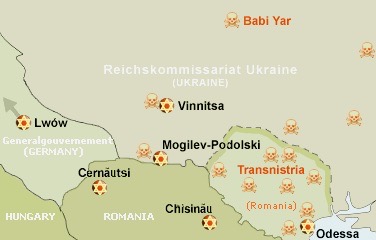
Romania reaped territorial benefits from Germany’s aggression in the Soviet Union. The Romanians recovered Bessarabia and northern Bukovina. They were also handed Transnistria, an area between the Bug and Dniester rivers.
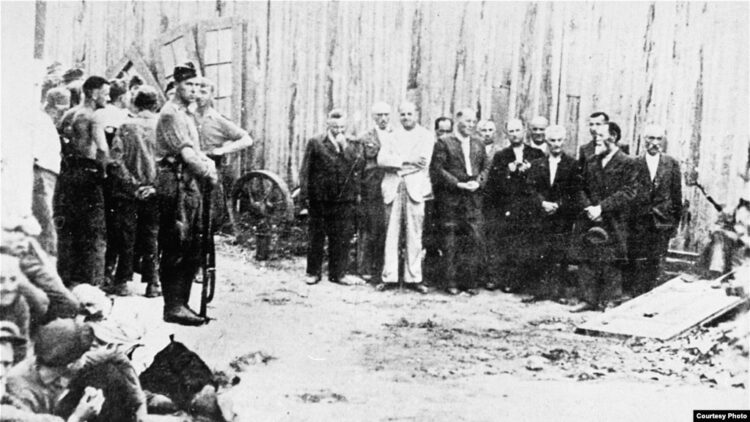
In short order, the Romanian army and police massacred thousands of Jews in Bessarabia, northern Bukovina and Transnistria, either in support of the Germans or independently. As well, Romania established ghettos and two concentration camps in Transnistria.
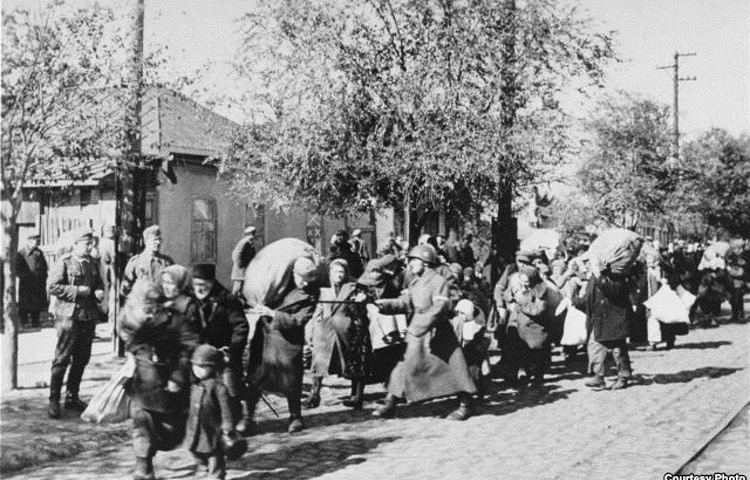
The Red Army captured the bulk of Transnistria in the spring of 1944 and Bessarabia in the summer. With the Soviet Union poised to invade Romania, King Michael ousted Antonescu and signed an armistice agreement with Moscow. And in another astonishing volte-face, the Romanian army linked up with the Soviet Union in the conquest of Hungary and the occupation of parts of Germany.
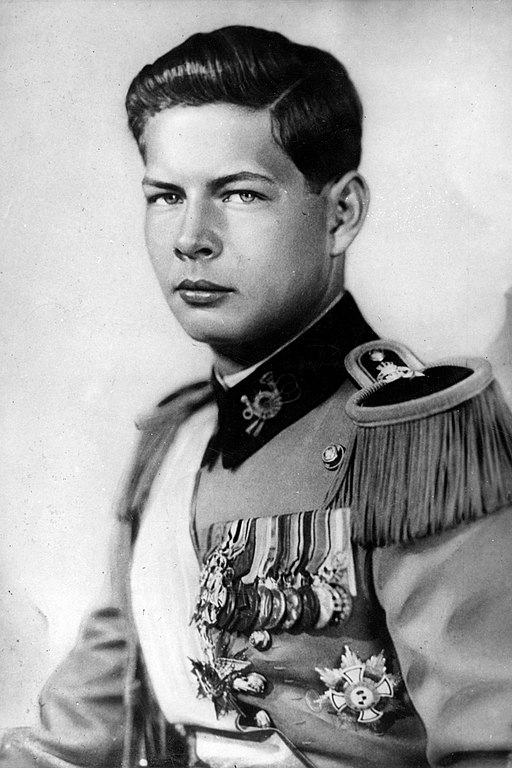
When the war ended, upwards of 250,000 Romanian and Ukrainian Jews had been murdered in Transistria by Romania and Germany. A further 220,000 Romanian Jews were killed on Romanian soil, or in the Auschwitz-Birkenau extermination camp, having been transported there by the Hungarian government.
Antonescu, having been captured by the Soviets, was turned over to the new communist regime in Romania and hanged in 1946. Sima spent his final years in Spain, where he died in 1993. Like Sima, the perpetrators of the Holocaust in Romania went unpunished.
The destruction of hundreds of thousands of Romanian Jews was a major event in the Holocaust, a catastrophe of immense proportions. Which is why it should not be brushed under the carpet, as it routinely was for seven decades, until the Romanian Senate finally decided that silence was unconscionable.
